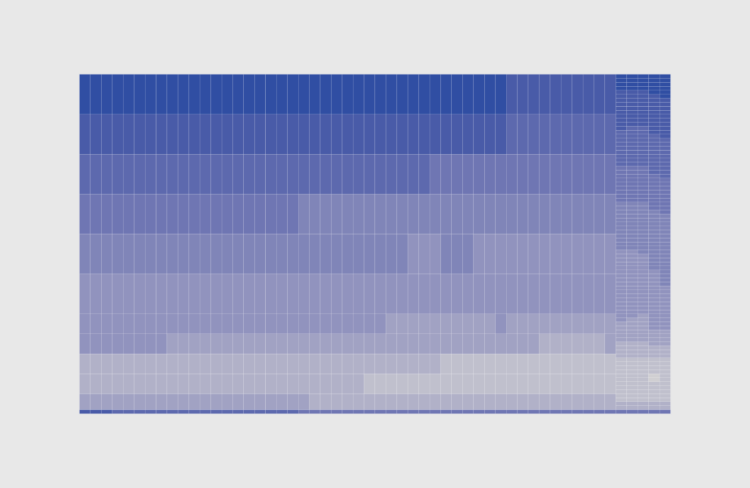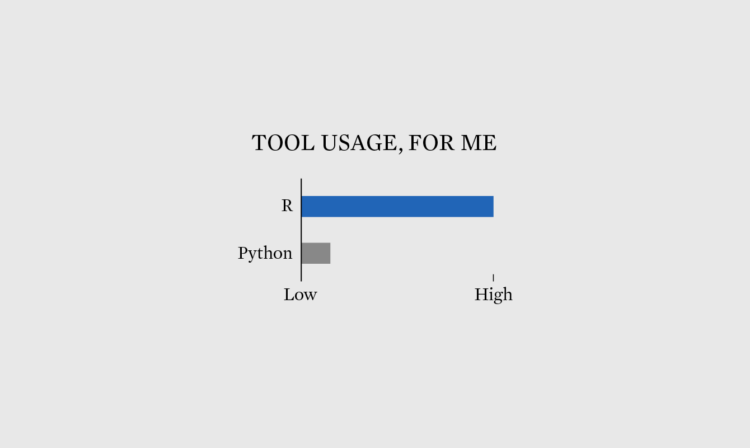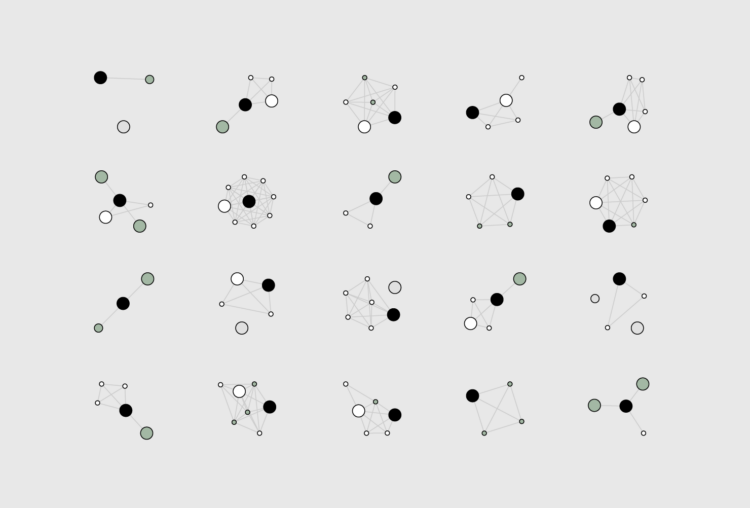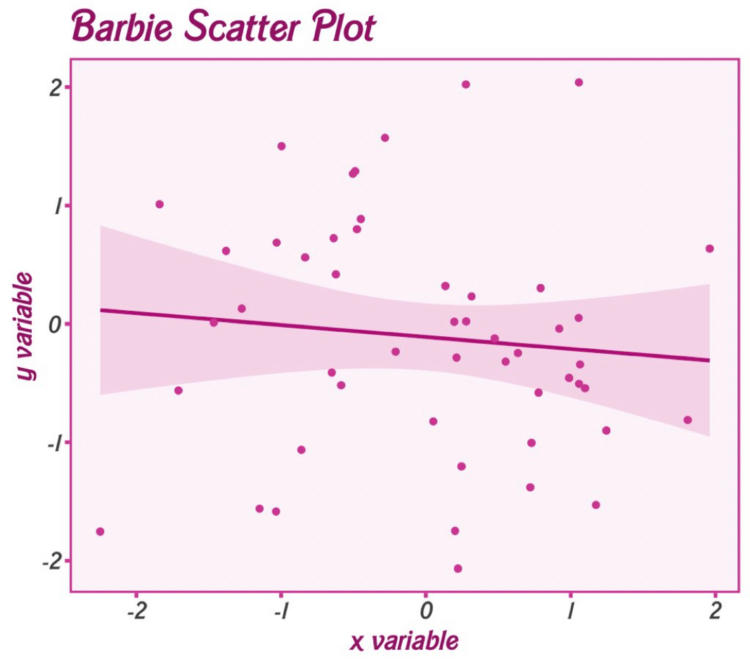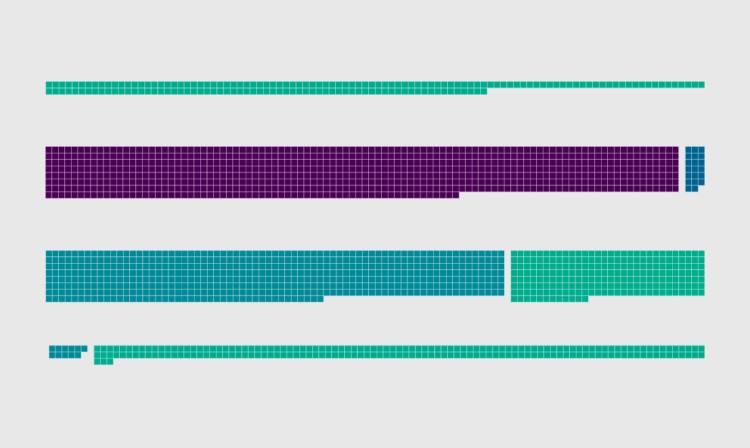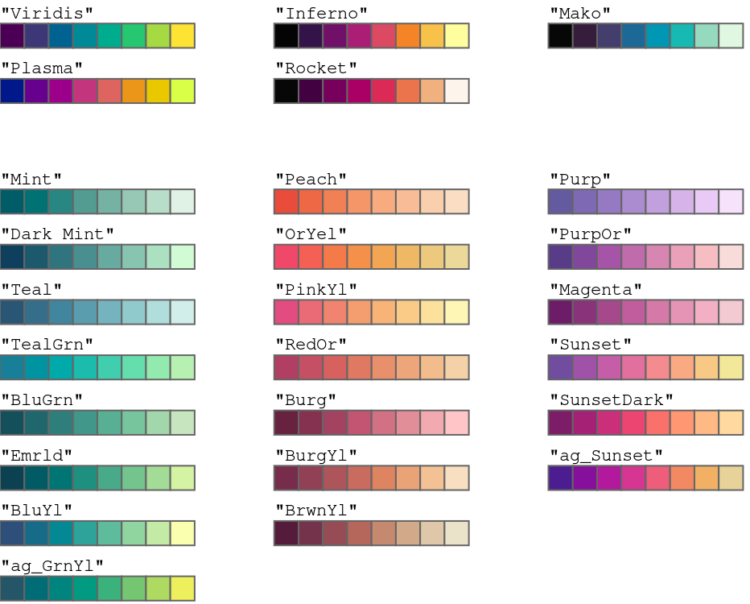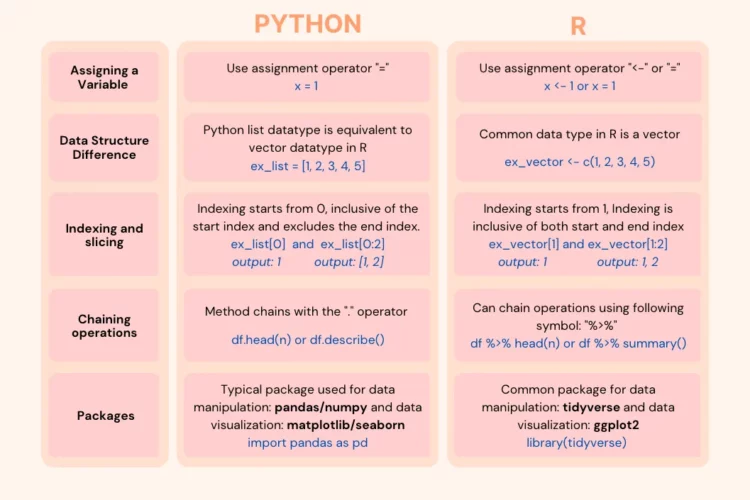
If you’re looking to switch or just want to expand your skills, this starter guide by Stephanie Lo provides some translations:
Are you curious about delving into the world of R programming? While Python remains the dominant choice amongst the data science community, with approximately 60% of developers using it in 2022, there are instances where R may pop up now and again. That’s because R is optimized for statistics and data. If you, like me, have a foundation in Python but now encounter job listings and internal company tasks that demand R skills, this article aims to break that down. We will explore the fundamental distinctions between Python and R and wrap the project into a data cleaning and visualization tutorial to ensure a smooth transition to R.
I mostly use R, but have always found it helpful to know some Python, especially when there’s some fun library to try.
Tags: Python, R, Stephanie Lo


